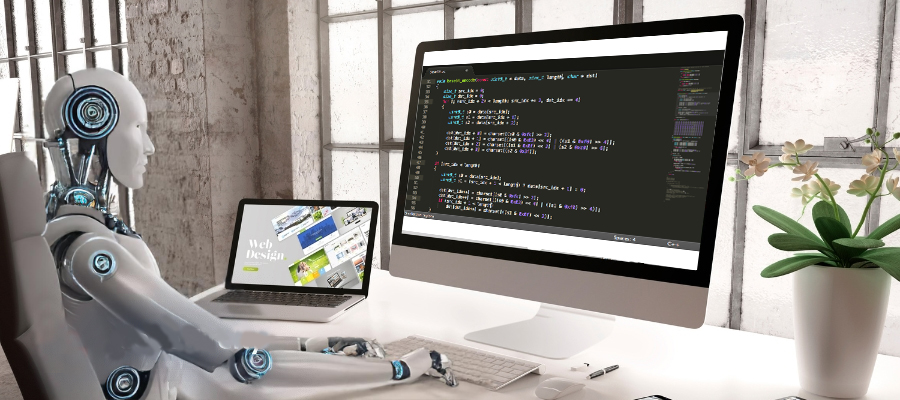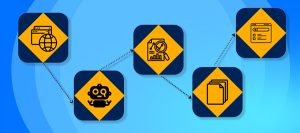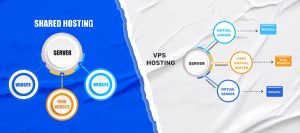In 2024, the landscape of web design has transformed dramatically, thanks to advancements in artificial intelligence (AI). The integration of AI tools has streamlined the web design process, making it more efficient and accessible, even for those without technical expertise. If you’re looking to design a website with AI this year, here’s a step-by-step guide to help you navigate the process effectively.
1. Understanding the Importance of AI in Web Design
AI has revolutionized the web design industry by automating various tasks that were once time-consuming. From generating layouts to creating content and optimizing for search engines, AI tools have become invaluable assets for both novice and experienced designers. Here are a few benefits of using AI in web design:
- Speed and Efficiency: AI can create website layouts, mockups, and content in a fraction of the time it would take a human designer.
- Cost-Effectiveness: Automating tasks reduces the need for extensive manual labor, ultimately saving money on design projects.
- Personalization: AI can analyze user data to create tailored experiences, enhancing user engagement and satisfaction.
- Continuous Improvement: AI can help track user interactions and suggest improvements based on real-time data, ensuring your website remains relevant.
2. Gather Your Essential Information
Before diving into the design process, it’s crucial to gather all relevant information about your website. This foundational step will guide the AI tools and help create a site that aligns with your goals. Consider the following:
- Purpose of the Website: What do you aim to achieve with your site? Is it an e-commerce platform, a blog, or a portfolio?
- Target Audience: Who are you trying to reach? Understanding your audience’s demographics and preferences will influence your design choices.
- Key Offerings: Clearly outline the products or services you plan to provide.
- Unique Selling Proposition (USP): What sets you apart from your competitors? Highlighting your USP will help shape your branding.
- Brand Personality and Values: Define the tone and personality you want your brand to convey.
3. Choose the Right AI Website Builder
With various AI website builders available, selecting the one that best suits your needs is vital. Here are some popular options to consider:
- Wix: Known for its user-friendly interface and advanced AI features, Wix allows you to create a website by simply answering a series of questions. It offers a comprehensive range of templates and tools for customization.
- Squarespace: While not purely AI-driven, Squarespace incorporates AI tools that assist in layout suggestions and design elements. It’s particularly well-suited for creatives and small businesses.
- Zyro: This platform is specifically designed for AI-driven web design, offering tools for content generation, layout design, and more.
- WordPress with AI Plugins: For those familiar with WordPress, various plugins like Elementor AI and ChatGPT can assist in content creation and layout design.
When choosing a builder, consider factors like ease of use, design flexibility, cost, and available features.
4. Design Your Site with AI
Once you’ve gathered your information and selected a website builder, it’s time to start designing. Here’s how to leverage AI in this phase:
Using an AI Website Builder
- Create an Account: Sign up for your chosen platform and start a new project.
- Answer Initial Questions: Most AI builders will prompt you with questions about your business, goals, and preferences.
- Generate Your Website: After providing the necessary information, the AI will create a preliminary website layout complete with content and images.
- Review and Customize: You can tweak the design by changing layouts, colors, fonts, and images to better align with your branding.
Without Using an AI Website Builder
For those who prefer a more hands-on approach, combining various AI tools can yield impressive results:
- Design Mockups: Use AI design tools like Figma or Adobe XD to create mockups and prototypes of your website.
- Generate Images: Tools like DALL-E and Midjourney can help you create unique visual assets that reflect your brand’s personality.
- Code Generation: If you have coding knowledge, use AI-powered coding assistants like GitHub Copilot to help generate HTML, CSS, or JavaScript snippets based on your design ideas.
5. Refine Your Branding with AI
Creating a cohesive brand identity is essential for any website. Here’s how AI can assist you:
- Logo Design: AI tools like Looka or Wix’s logo maker can help generate logo designs based on your brand values and preferences.
- Color Palettes: Use tools like Coolors or Khroma, which utilize AI to suggest color schemes that resonate with your brand’s vibe.
- Typography: AI tools can recommend font pairings that enhance readability and aesthetics.
6. Populate Your Website with AI-Generated Content
Quality content is vital for engaging visitors and improving search engine rankings. AI can assist in content creation in various ways:
- Text Generation: Use AI writing tools like ChatGPT to generate engaging web copy, product descriptions, and blog posts. Ensure the text aligns with your brand’s voice and tone.
- Visual Assets: Incorporate AI-generated images, infographics, and videos to enrich your site. AI tools can help create custom graphics and optimize images for web use.
- SEO Optimization: AI tools can analyze your content for keyword optimization, readability, and engagement metrics, helping to improve your site’s search engine performance.
7. Optimize for SEO with AI
Search Engine Optimization (SEO) is crucial for driving traffic to your website. Here’s how to use AI to enhance your SEO efforts:
- Keyword Research: Use AI tools like SEMrush or Ahrefs to identify high-traffic keywords relevant to your content.
- Content Optimization: AI can provide suggestions for improving your existing content by recommending keywords, meta descriptions, and alt text for images.
- Performance Tracking: Leverage AI analytics tools to monitor your website’s performance, user behavior, and traffic sources. This data can help you refine your SEO strategy over time.
8. Enhance User Experience with AI Features
To improve user engagement and satisfaction, consider adding AI-powered features to your website:
- Chatbots: Integrate AI chatbots for customer support, allowing visitors to get instant answers to their questions. This can enhance user satisfaction and reduce bounce rates.
- Personalization: AI can analyze user behavior to deliver personalized content and product recommendations, improving the overall user experience.
- A/B Testing: Use AI tools to automate A/B testing, allowing you to optimize design elements and content based on user preferences and behaviors.
9. Best Practices for AI-Driven Web Design
To ensure a successful outcome when designing your website with AI, keep these best practices in mind:
- Maintain Human Oversight: While AI is powerful, it’s essential to retain a human touch in your design and content. Review AI-generated content for accuracy and brand alignment.
- Iterate and Improve: Continuously gather user feedback and analyze site performance data to make informed decisions for updates and improvements.
- Stay Informed: The AI landscape is rapidly evolving. Keep up with the latest trends and tools to maximize the benefits of AI in your web design process.







